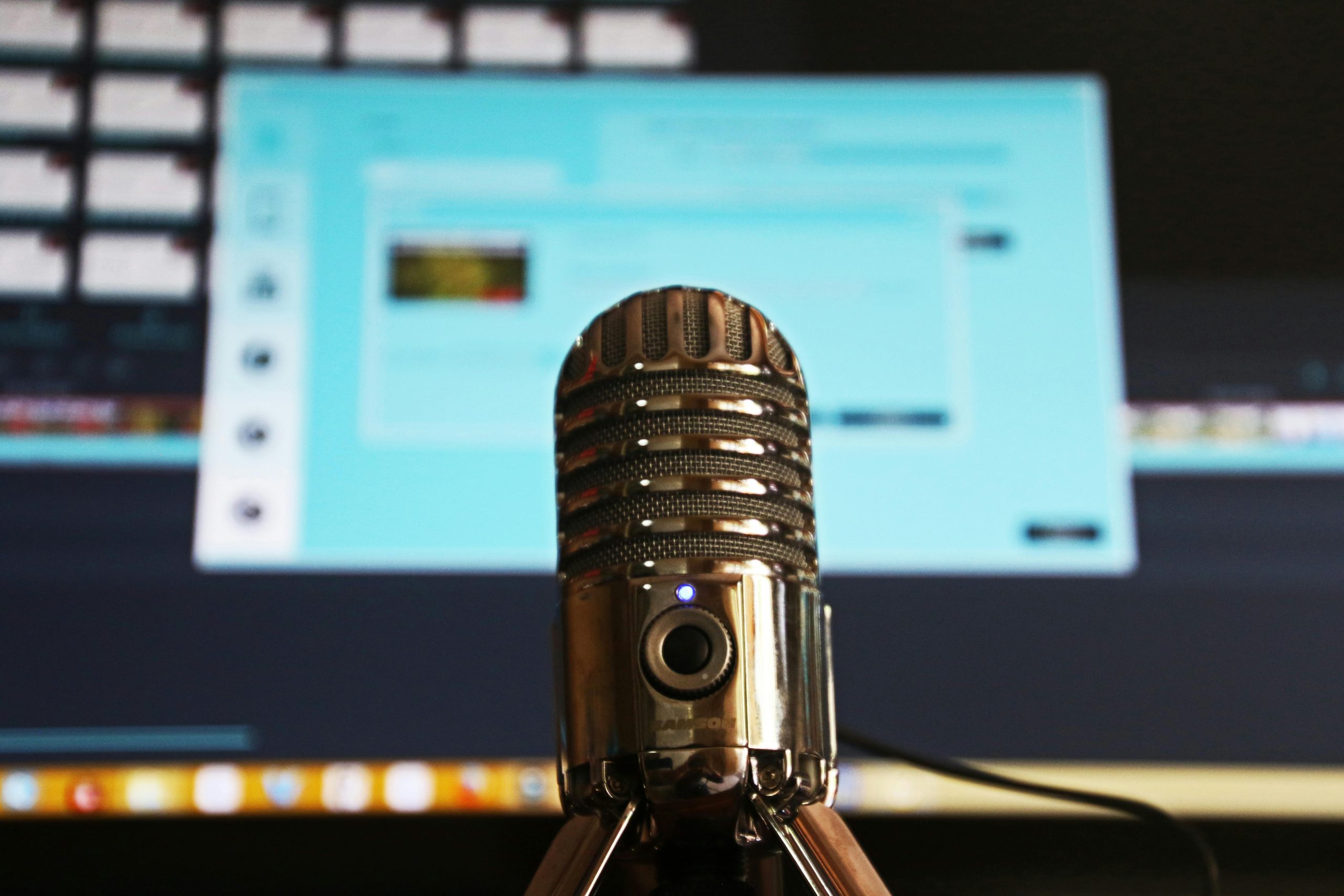What are Podcasts
Podcasts are digital audio or video files that are available on the internet for downloading or streaming. They come in a series, with new episodes that can be automatically downloaded to your device by subscribing. Podcasts cover a vast range of topics, from educational content, true crime stories, comedy, to personal development, and much more. They provide a flexible way to consume information and entertainment, allowing listeners to tune in while commuting, exercising, or during leisure time.
Benefits of Listening to Podcasts
Accessibility: Available anytime and anywhere, podcasts offer a convenient way to learn new things or simply be entertained.
Diverse Content: With millions of podcasts available, there's something for everyone.
Community: Many podcasts have dedicated fan bases and communities, providing a sense of belonging and interaction.
Education and Growth: They are a great source for learning about different cultures, languages, and gaining insights into various industries and hobbies.

How to Make a Podcast: A Detailed Guide
Step 1: Planning Your Podcast
Choose a Topic: Select something you're passionate about and consider if there's an audience for it.
Define Your Audience: Understand who you're speaking to. This will guide your content and how you present it.
Decide on the Format: Will it be solo, co-hosted, or interview style? Consider episode length and whether it will be scripted or free-form.
Create a Content Plan: Outline your first few episodes and brainstorm future topics.
Step 2: Equipment and Software
Microphone: Invest in a good quality microphone to ensure clear audio.
Recording Software: There are many options available, from simple recording tools to comprehensive editing suites.
Headphones: Essential for monitoring audio quality during recording and editing.
Pop Filter: Helps reduce plosive sounds for clearer audio.
Step 3: Recording Your Podcast
Prepare Your Content: Whether you script your episodes or outline key points, preparation is key.
Find a Quiet Space: Background noise can be distracting, so find a quiet place to record.
Practice Makes Perfect: Do a few test recordings to get comfortable with speaking and using your equipment.
Step 4: Editing
Edit for Clarity: Remove unnecessary pauses, ums, ahs, and any mistakes.
Add Music and Effects: Intro and outro music, as well as sound effects, can enhance your podcast, but be mindful of copyright laws.
Consistent Format: Keep your intro, content, and outro segments consistent across episodes.
Step 5: Publishing Your Podcast
Choose a Hosting Platform: Select a platform that distributes your podcast to major services like Apple Podcasts, Spotify, and Google Podcasts.
Create Artwork and Descriptions: Your podcast cover art and episode descriptions should be compelling and clear.
Launch Strategy: Consider launching with multiple episodes and promoting your podcast through social media, your website, and other channels.
Step 6: Growing Your Audience
Engage with Listeners: Use social media and podcast platforms to interact with your audience.
Consistency is Key: Release episodes on a regular schedule to keep listeners coming back.
Promote Your Podcast: Leverage SEO, guest appearances on other podcasts, and collaborations to expand your reach.
Conclusion
Podcasting offers a unique platform for sharing your passions, stories, or expertise with the world. With the right planning, equipment, and approach, anyone can create a compelling podcast. Remember, success in podcasting comes not only from the quality of your content but also from your dedication to engaging and growing your audience.